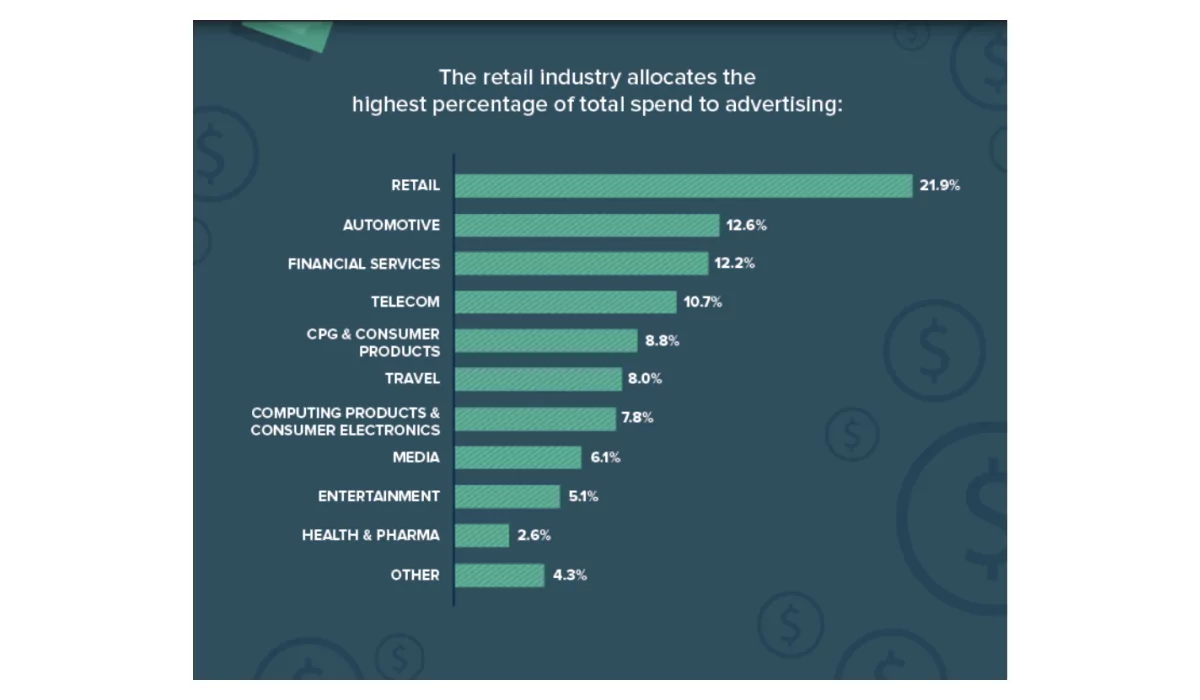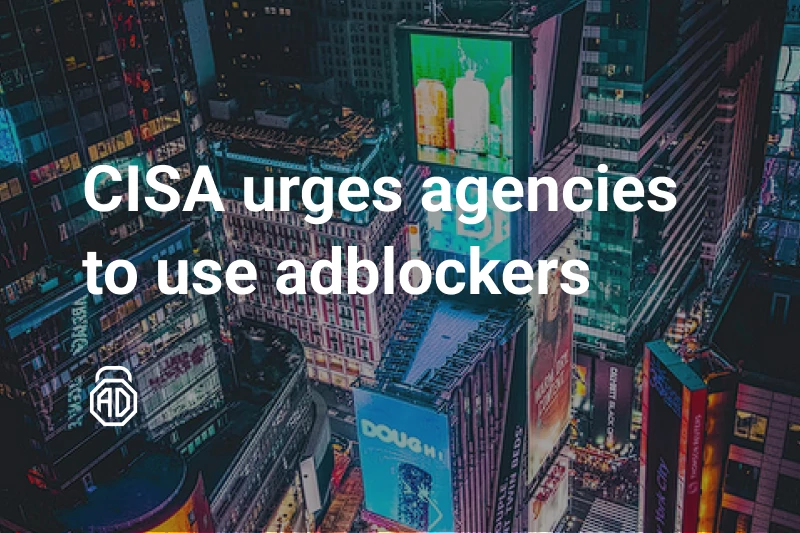How Many Ads Do We See A Day In 2024
Advertisements are everywhere we look, from billboards on the highway to pop-ups on our screens. But have you ever wondered just how many ads you encounter in a single day? According to marketing experts, the average person is exposed to thousands of ads daily, both online and offline.
In this article, we’ll explore the research behind these staggering numbers and examine some of the factors that contribute to our daily bombardment of ads. We’ll also discuss the impact of this constant exposure to advertising on our daily lives and offer some tips for managing ad overload.
Contents
How Many Ads Does the Average Person See a Day?
When Google introduced its advertisement service called AdWords back in 2000, it was hard to imagine that in a few following years online ads would surpass all traditional marketing channels. The tech giant not only contributed to the astonishing growth in ad exposure figures but also set up trends for the other players out there. Facebook launched its advertisement service in 2007. That year, it was estimated that around 5,000 ads were shown to each user daily.
Now, with the help of a massive range of user data such as demographics, location, and interests, ads became truly individually targeted. Google absorbed YouTube, the world’s most popular streaming platform, and the new wave of video ads flooded our screens. New social media platforms — Instagram, Snapchat, Pinterest — were designed around native advertising delivery. Apple and Google are moving the development of smartphones, tablets, and wearable electronics forward, making mobile devices the most popular, cross-platform solutions the most profitable, and the users totally addicted.
Even despite the lack of official numbers, based on statistics from past years and current trends we can be sure about 6,000 to 10,000 ads shown to a user daily in 2020 — success for the marketers and a cause of everyday stress to the billions of people on this planet. But who is the main victim of life with too many ads and who’s there to blame?

How Many Ads Does a Teenager See a Day? Does It Influence Them?
No wonder why ad impressions are increasing every year. Whenever you complain about an ad that tricked you into buying something useless, think about the people trusting every single ad they see. This surely happens to some adults too, but here we come to the most vulnerable group of consumers: children and adolescents. According to the statistics from 1999, they were exposed to around 3,000 ads per day — just on television and in magazines. With the introduction of social media, high-speed mobile Internet, and the ever-growing trend of day-to-day digitalization, we can now only wonder about the current number of ads seen per day by young people. It would be safe to say that up to 10,000 ads are quite realistic for many, whose lifestyle now is firmly associated with the constant presence “online”.
And that is the only “safe” thing about the relationships between ads and teens. The advertising industry continues to develop special methods of creating a strong, persuasive influence on the minds of youth. It is known that kids younger than 8 years have no psychological and cognitive defense mechanisms able to cope with advertising. Therefore, marketers are targeting children at the earliest age possible to deploy so-called “brand-name preference”. They play with the emotional connection craving of the teens, forcing those to “love” certain brands and goods. Finally, by promoting specific beauty standards marketers do all they can to convert the natural insecurities of young people into a profit.
Knowing this, parents should not be surprised by the fact that advertising is claimed to be one of the main drivers for poor nutrition, addictions, tobacco and alcohol use, as well as various psychological problems for their children.
How Often Customers See the Ads: Rule of 7 in the Digital World
Another common thought that comes to mind when watching TV or browsing the Internet is: “Why would they show the same ad again and again? Are they stupid to spend money on repeating themselves with a 5-minutes interval?”. Well, marketers are not necessarily all geniuses but they are smarter than you might think.
What tells advertisers to do so is called The Marketing Rule of 7. This axiom was developed by the Hollywood producers back in the 1930s when they discovered the right amount of promotion needed to make the audience go and watch their films. According to the Rule, consumers have to come across the advertised message at least 7 times to get convinced to pay for a specific product or service. If you have any doubts about the effectiveness of this approach, look at the worlds’ movie industry and who has been dominating it for the last hundred years.
Surely, the rules of the game have changed a lot since then and what was right in the 30s would probably not work in the modern technological era. The Internet and, especially, social media intensified the informational stream an ordinary user has to deal with every day, so now even the greatest commercials can sink in the chaos of people’s Newsfeeds. This makes it harder for the advertisers to be seen and heard when following the Rule, creating, however, unprecedented opportunities for them. A clever marketing strategy can now allow businesses to interact with customers 7 times a day, every day, through digital channels. Targeting ads to people who show the better potential of purchasing their goods, involving physical and emotional interactions, is the key for marketing success in the digital world — as long as you don’t forget to repeat.
What Industries Spend the Most on Advertising?
Every new communication technology changes the world dramatically. If radio and TV were at the core of the advertising landscape in the 20th century, in the modern Internet-driven era they gave way to the new media. Based on the stats from Marketing Charts, the digital advertising market is now $30 billion larger than traditional TV advertising in the US alone. The rating of industries that spend the most on advertising also got their new leaders:
- Retail
- Automotive
- Financial services
- Telecom
- CPG & consumer products
- Travel
- Computing products and consumer electronics
- Media
- Entertainment
- Health and pharma
- Other
Amazon, eBay, Tesla, countless fintech startups — this is the face of the modern economy, and all of them owe much of their success exactly to advertising.

Can You Save Your Time Being Online for a Pretty Long Time?
Such a massive amount of advertising cannot have zero impact on the quality of people’s lives. This is especially true for the new media, web-based platforms, which are so deeply rooted in our reality. Work and leisure, relationships, and education now require the Internet, making people spend a decent portion of their lifespan online.
In 2009, there was a study showing that web users spend on average 6.58% of their time online purely on advertising. It would be hard to say exactly how much more Internet-dependent we are right now but here is one example. Since 2011 the amount of time people spend viewing online video has grown a lot, at an average rate of 32%. Every single year! And so did the online advertising expenditures.
Huge numbers but not enough to say that being online exposes us to more ads than, say, watching TV. So if you want to save your time from watching TV commercials, streaming video platforms are still a good bet. But saving the time from watching online ads, except for using a high-quality ad blocker, always becomes only harder.
FAQ
How much is spent on advertising spending each year?
According to Statista, global advertising spending was estimated to be around 522.5 billion U.S. dollars in 2021.
Are people using ad-blocking software to avoid seeing ads?
Yes, in fact, it is estimated that around 27% of internet users worldwide use ad blockers.
Are there any concerns that advertisers have gone too far?
Yes. This includes the use of intrusive ads, such as pop-ups and autoplay videos, as well as the collection of personal data without consent. Additionally, some advertisers have been caught using deceptive tactics, such as clickbait, to lure users into clicking on their ads. These practices have led to a rise in the use of ad blockers and increased scrutiny of advertising practices.





